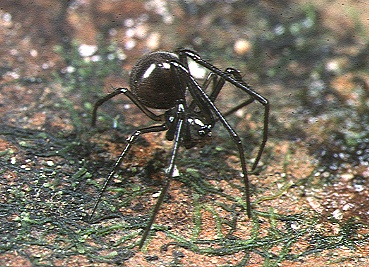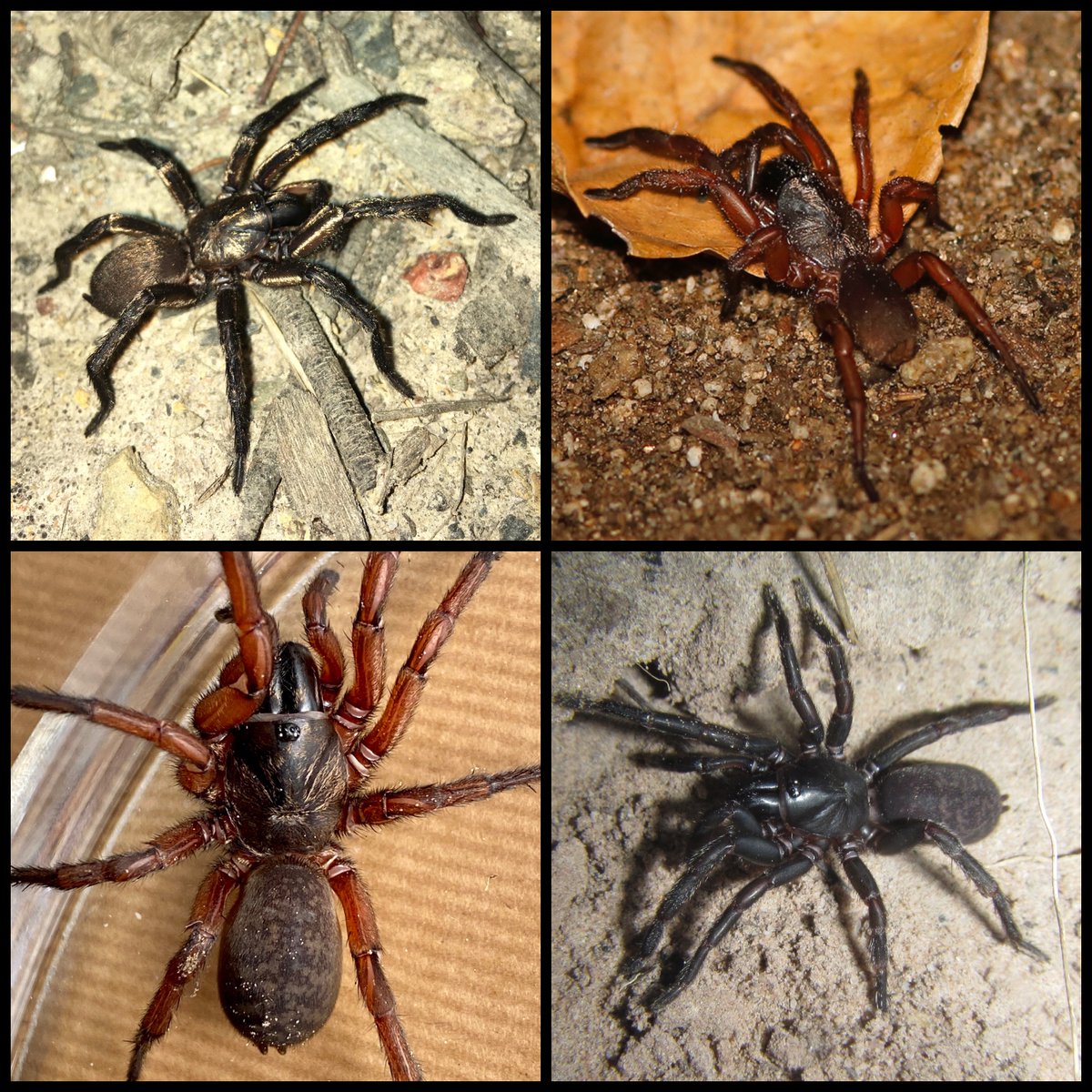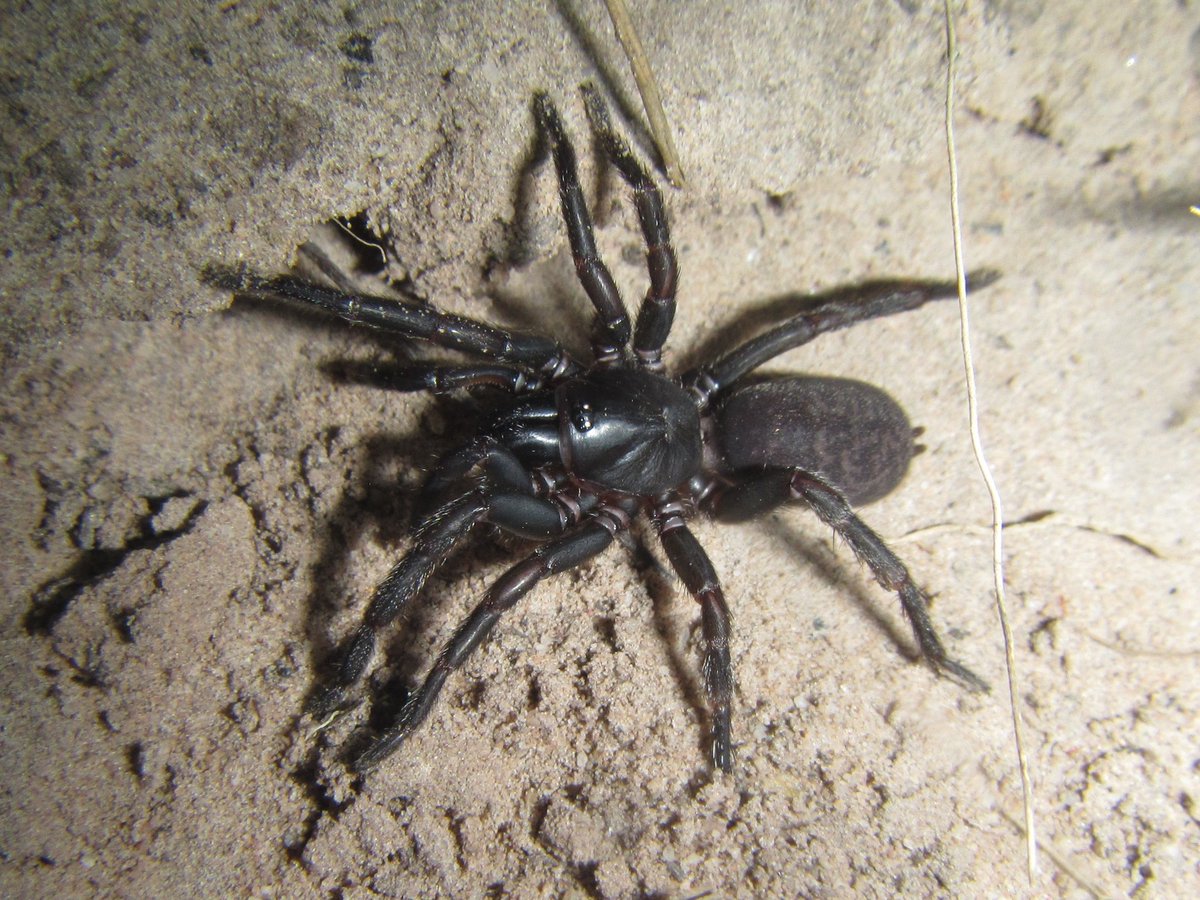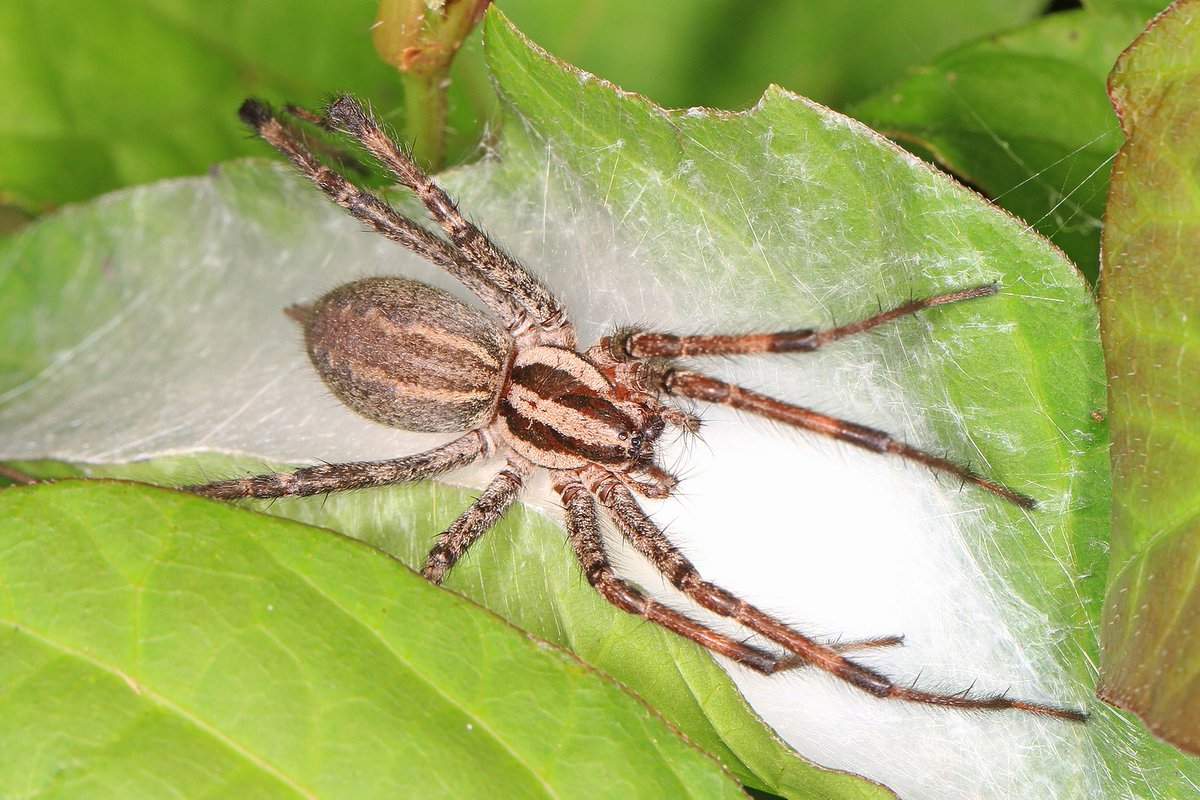Discover and read the best of Twitter Threads about #ScienteaficABC
Most recents (6)
Finally! Back with another #ScienteaficABC 😁The next in my alphabetical journey through all 128 (currently, anyway) spider families is ANAPIDAE! This family of diminutive spiders contains 58 genera/231 species as of now. (images: Conoculus lyugadinus by Akio Tanikawa, CC) 



Today's #ScienteaficABC spider family is ANAMIDAE! A brand spanking new family, having only been elevated to full family status in this hell year 2020. Formerly, these spiders were a tribe, then a subfamily, of the family Nemesiidae. (Images: iNat Creative Commons) 

This family comprises 10 genera/104 species. These are mygalomorph spiders, an infraorder containing tarantulas, trapdoors, funnel webs, curtain webs & others characterised by their downward pointing chelicerae & fangs (& other things). (Chenistonia maculata by matthew_connors) 

Native to Australia, 3 genera of this family (Aname, Chenistonia & Namea) are commonly called 'wishbone spiders' owing to the shape of the burrows they create. The silk-lined burrow is Y-shaped with one branch of the Y being longer than the other.
Bonus round! #ScienteaficABC. A small thread for this family AMMOXENIDAE! Why small? A few reasons. Firstly, it's a small family- 4 genera/18 species total, & secondly, they’re a specialised familiy so a broad summary should be pretty quick! (Images: Creative Commons, see end) 

Another #ScienteaficABC. AMAUROBIIDAE! This family comprises 49 genera & ~275 species & can be found mostly around the world save for large swathes of the African, Asian & Australian continents, the Arctic & Antarctica. (images Wikimedia Commons & my own). 

Next up in #ScienteaficABC, AGELENIDAE! This family comprises 87 genera, totalling 1307 species & has an almost cosmopolitan distribution making it a commonly encountered family. The pic shows a few examples of members & some common features. (Images: Wikimedia Commons & my own) 

Kicking off #ScienteaficABC, taking it from the top with Actinopodidae! This is a family of mygalomorph spiders (an infraorder of heavy bodied spiders with downward facing chelicerae), comprising just 3 genera- Actinopus, Missulena & Plesiolena. (All images: Wikimedia Commons). 

Actinopodidae can be found in Australia and Central & South America. They are considered medically significant, which means their venom is potentially dangerous. Overall, they are heavy set, impressive looking spiders, usually with a stocky legs, large chelicerae & fangs.











